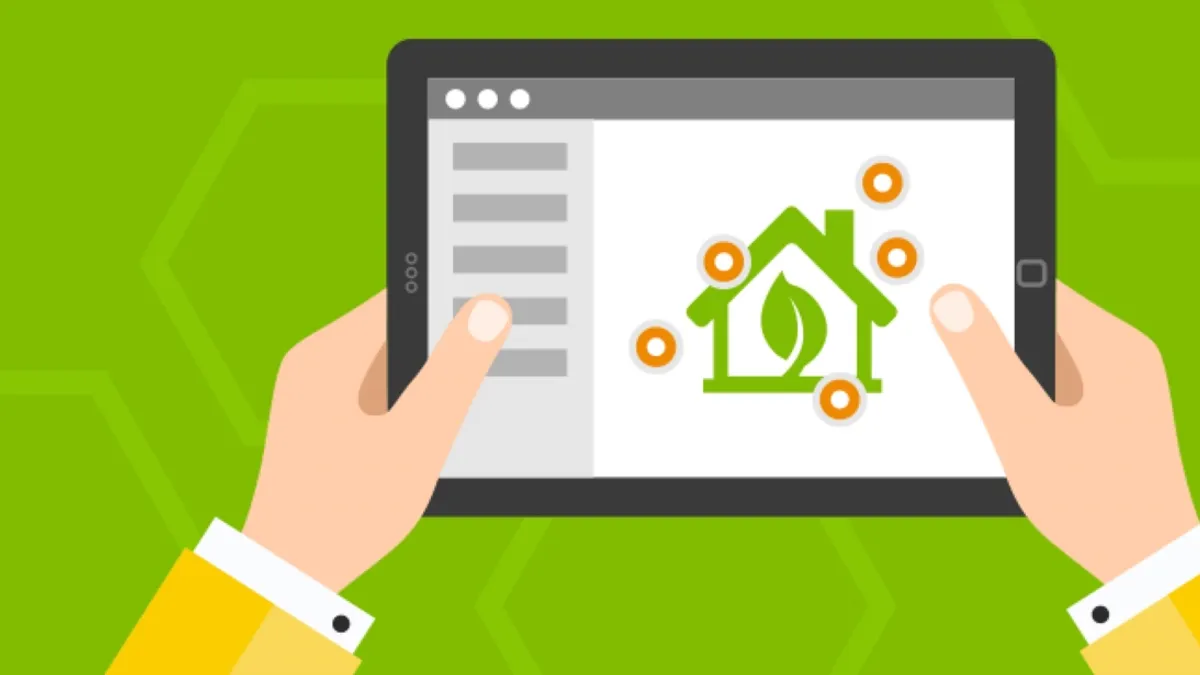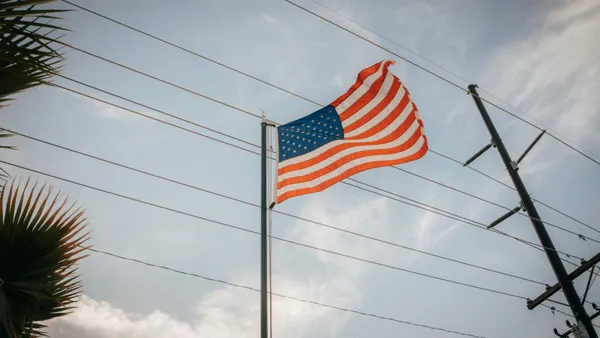Content marketing continues to serve a pivotal role for utility customer engagement, from building digital relationships to boosting customer satisfaction scores. But consumers want more than to simply be informed or educated by their energy utility – they also want to be entertained. In today's digital world of mobile video games and viral TikTok videos, interactive content is now an expectation for utility customers of all ages.
Interaction leads to conversions
Content marketing has the power to motivate customers to take action, whether signing up for an energy efficiency program, participating in a time-of-use (TOU) rate plan or purchasing products in a utility marketplace. Simply put, digitally engaged customers deliver results – and they are 69% more satisfied with their energy provider.
However, without taking advantage of interactive content, energy utilities are missing out on potential conversions. Research finds that interactive content boosts conversion rates by as much as 43%. Engaging content like quizzes, calculators, games and interactive infographics helps energy utilities to stand out from other brands vying for customers' attention.
Today's customers want to take their own journey with their favorite brands, making the experience fun, rewarding and memorable. Interactive content provides a two-way experience that requires active customer participation. For example, consumers choose what shows they want to binge-watch on Netflix, try on makeup virtually with beauty retailer Sephora's mobile app, and estimate financing options with an auto loan calculator on Carvana.com.
For energy utilities, interactive experiences can help teach complex topics, increase program awareness and improve customer experiences.
One of the biggest challenges for utilities is educating customers with the ultimate goal of increasing program conversions or awareness. Without interactive content, customers may not, for example, properly understand alternative rate structures or the full potential of energy efficiency programs and behaviors.

Show don't tell
It's one thing to tell customers they can save – it's another to show them exactly how much. Customers appreciate this type of content because they see personalized results.
Surveys and quizzes can help utilities to discover customer interests and knowledge levels, while calculators and choose-your-own-adventure environments can lead to the tangible understanding of complicated energy topics.
For example, energy utilities are now adding calculators to their websites to estimate savings of customer rebate programs or switches to TOU rate structures. They are also using interactive experiences to educate customers on improving energy efficiency in every room of their homes.
Instead of simply telling customers how to save, customers click different rooms in a virtual home to see the energy savings firsthand. Unique experiences like this are a win for utility marketers, too. Compared to typical landing pages, conversion rates from interactive content are almost 30% higher.
AEP Ohio, which serves 1.5 million customers in Ohio, created an interactive game for its eMagazine @Community to educate residential customers about the smart grid technology Distribution Automation Circuit Reconfiguration (DACR). To play, customers "defend the grid" by clicking on potential dangers, such as a fallen tree, lightning strike and even a sneaky squirrel.
Through an entertaining experience, customers learn how this complex technology works to reduce the impact of outages. It's a great example of showing, not telling, to teach a brand-new topic to customers. This unique customer engagement tool helped @Community win the American Marketing Association's (Columbus, Ohio chapter) Achievement in Marketing Silver Award because of its effectiveness at informing target audiences.
"When an experience is entertaining as well as informative, customers are more likely to be interested in the topic," explained Brian Lindamood, Questline's Associate Vice President of Marketing & Content Strategy. "AEP Ohio's DACR game is a fun way to help customers understand how the smart grid works. They might not even realize they're learning something! That's the kind of connection that builds loyalty and customer satisfaction in the long run."
Energy education made easy
Interactive content isn't just for a residential audience – there are major benefits for commercial and industrial (C&I) customers, too. With the power to simplify the complicated subject matter, interactive experiences are more effective at educating business customers than technical articles or whitepapers.
National Grid, a utility serving New York, Rhode Island and Massachusetts, utilized interactive digital videos to educate business customers about energy management systems. The interactive experience allows customers to take a deep dive into complex energy topics, while a certified energy manager explains the technology in a conversational, easy-to-understand manner.
Customers choose what journey they want to take by clicking on rebates and watching video tutorials about boiler, chiller or lighting efficiency. They can even explore a glossary of terms to help them learn as they go through the tutorials. This level of customer engagement and education is simply not possible with static content alone. In fact, 93% of marketers agree that interactive content is successful at educating customers.
"It takes a lot to cut through the clutter of social media, email and other messages bombarding customers," says Mike Carter, Questline's Senior Energy Analyst, and energy expert who appeared in the video tutorials. "This National Grid customer resource combines video, animation, text and self-directed content to capture customer's attention, address complex topics and motivate them to implement best practices."
For your entertainment
Consumers nowadays seek out entertaining content – think about the sharable social media quizzes on Facebook or the ever-popular polls on Instagram Stories. Keep in mind, interactive content is 28% more likely to be shared on social media than static content, and interactivity increases conversions by 40% to 50%.
Utilities are increasingly using interactive content to entertain and educate customers in their monthly email newsletters and on social media platforms. According to Questline's Energy Utility Benchmarks Report, some of the top content deployed by 450+ utilities in the past year include interactive infographics, quizzes and calculators.
Questline's interactive infographic series, "Wasted Energy Detective," has appeared in hundreds of utility eNewsletters, driving engagement with an otherwise dry topic: wasted energy in the home. Through a search-and-find game, the infographic incorporates imagery and action that naturally makes readers want to click and see what comes next.
The game entertains and educates residential utility customers by giving them an active role in finding common energy wasters. This infographic won a Content Marketing Institute Award for Best Use of Interactive Infographic (Series) because of its ability to keep customers engaged.
Positive outcomes for utilities
Customer expectations are rising, and interactive content is becoming a must-have for building stronger digital relationships. Energy utilities that have utilized interactive content are seeing positive outcomes with engagement, program conversions and long-term customer satisfaction.
There are myriad options for incorporating entertaining experiences throughout the utility customer lifecycle, including welcome communications, eNewsletters and program promotions. Interactive content is here to stay – it's up to utilities to bring their energy education to life to engage with customers.
Fig 1.
- https://contentmarketinginstitute.com/
- https://digitalagencynetwork.com/how-to-boost-engagement-rates-in-less-than-a-week-with-interactive-content/
- https://www.campaignmonitor.com/blog/email-marketing/why-interactive-email-is-great-for-your-marketing/
- https://www.demandmetric.com/content/content-buyers-journey-benchmark-report
- https://outgrow.co/why-interactive/










